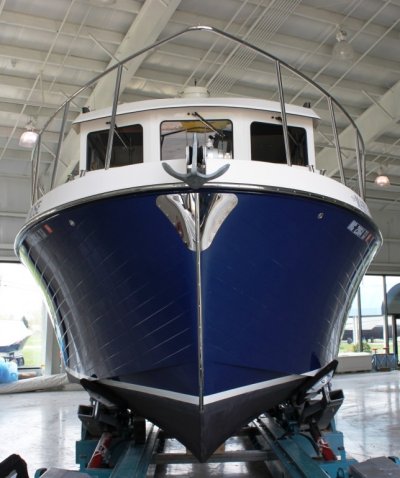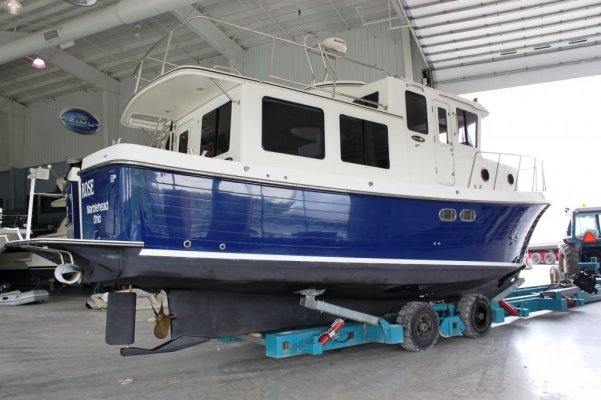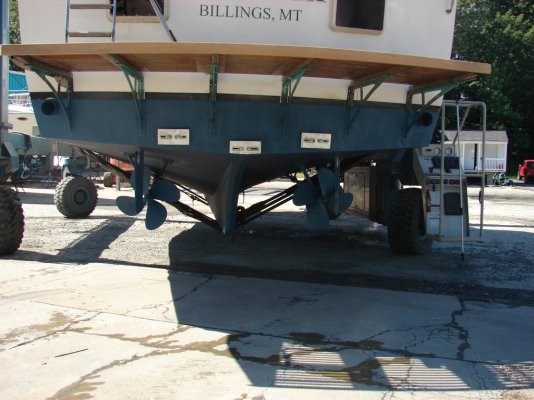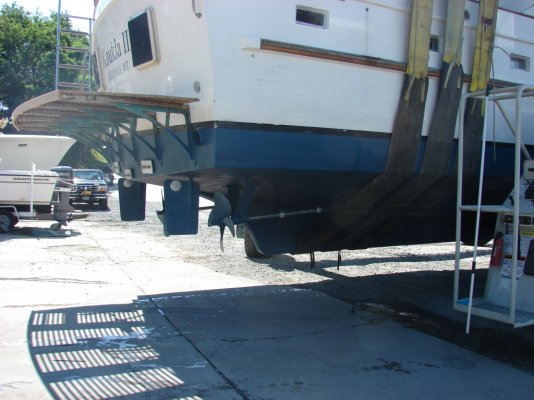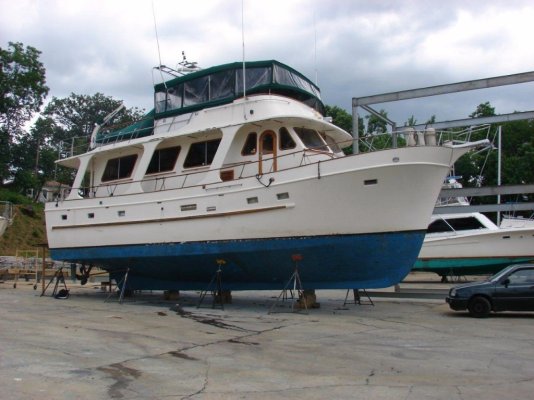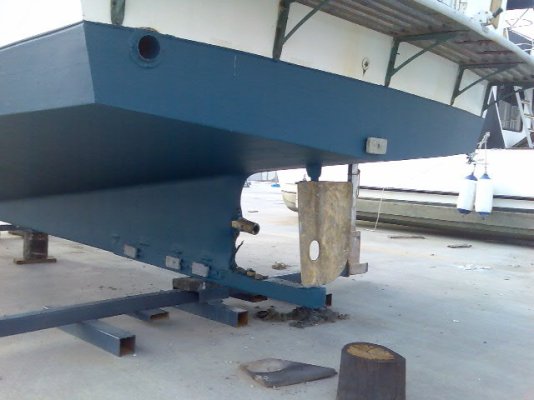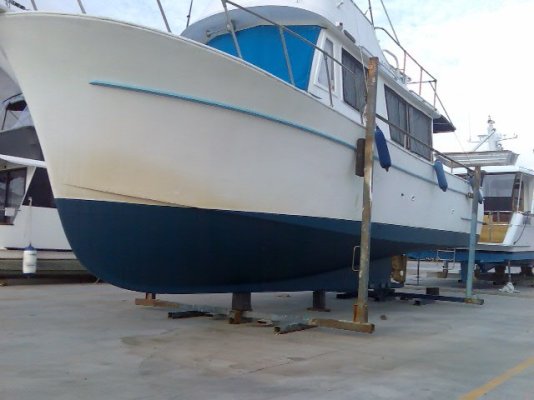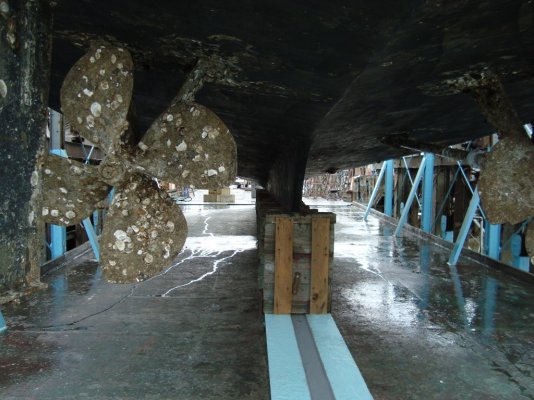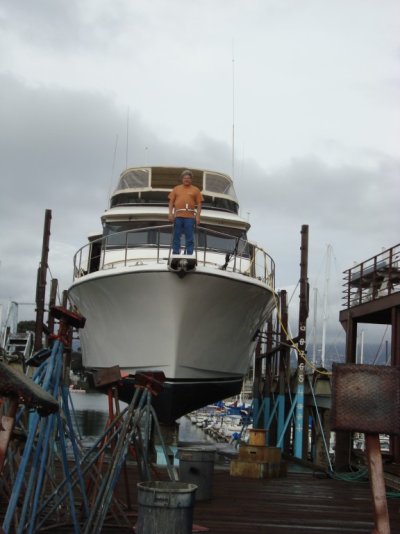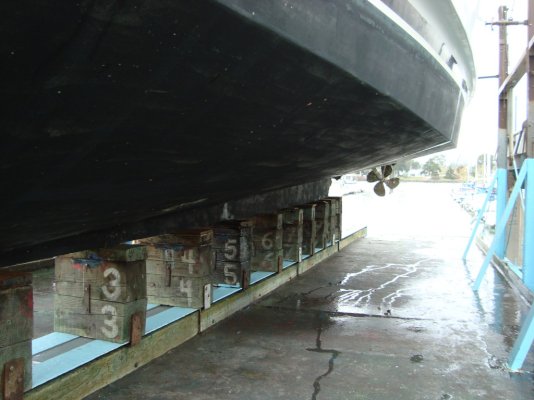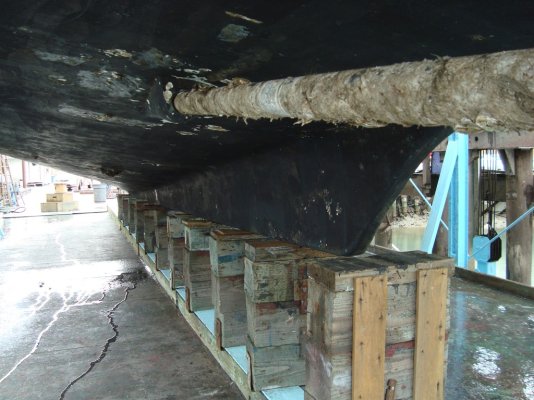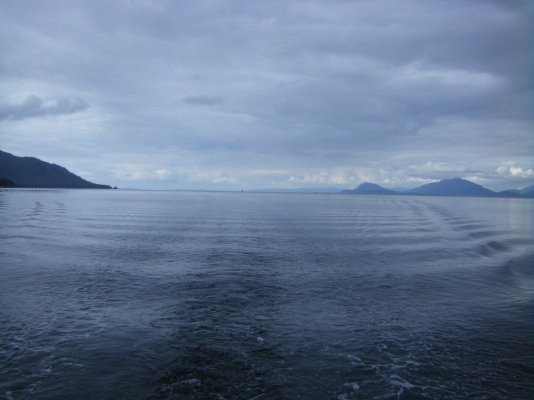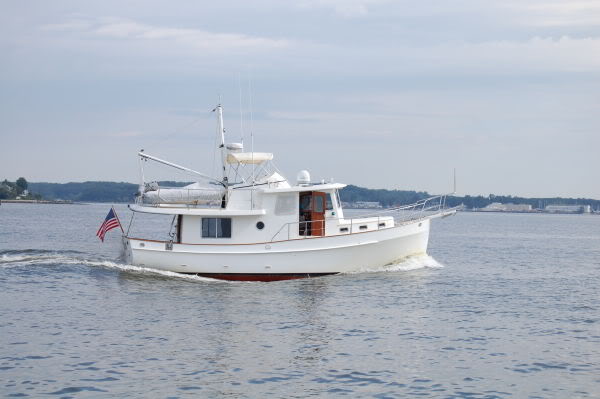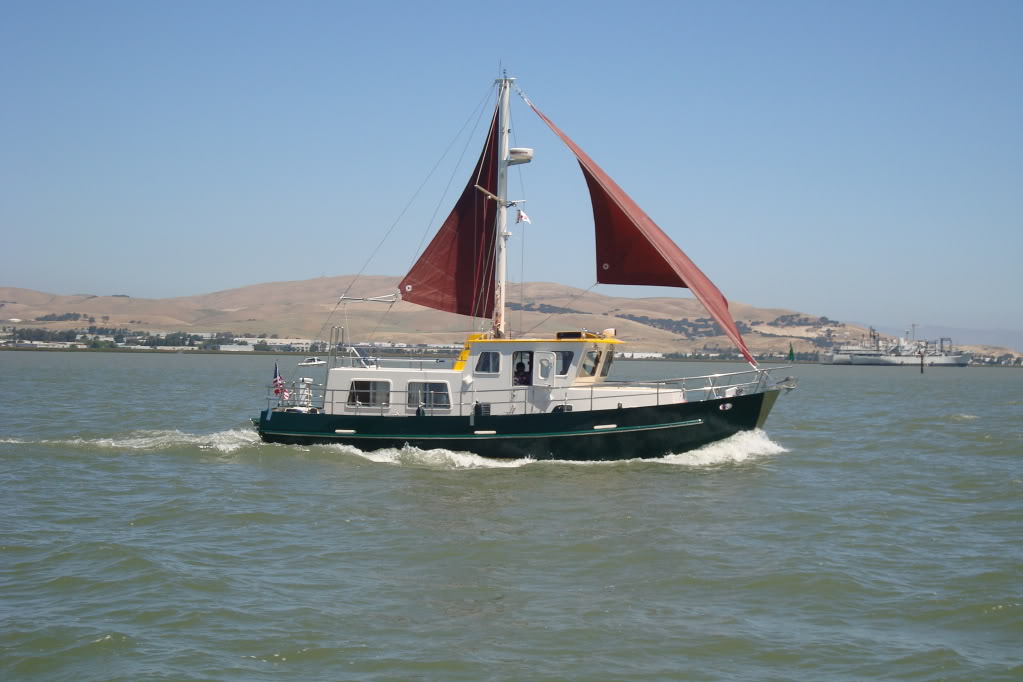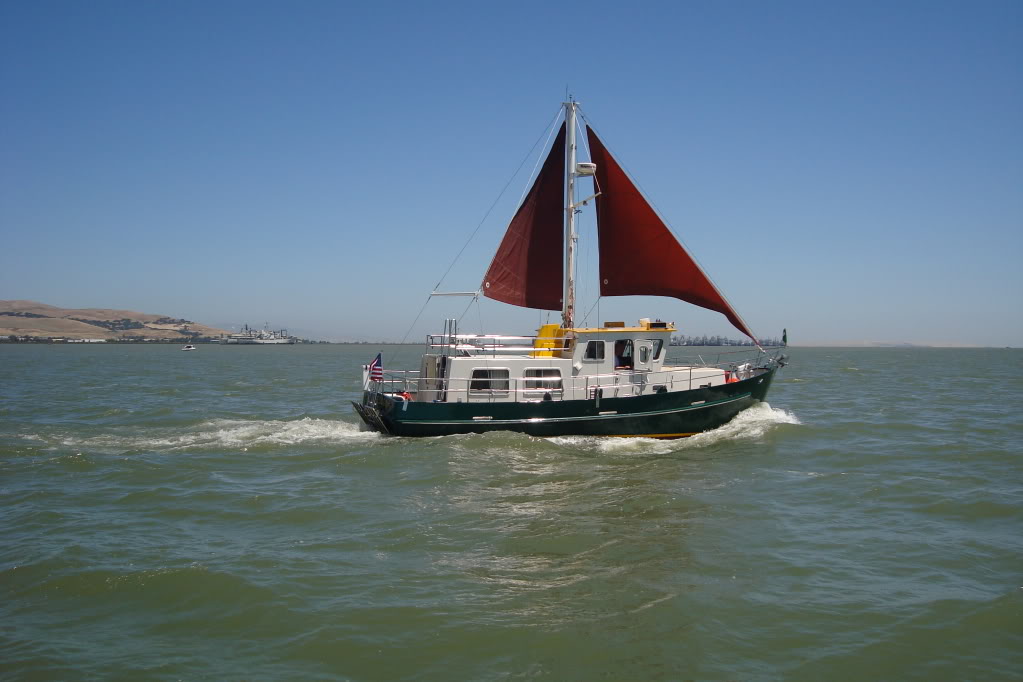Mike wrote:
I have received a nasty message from a infrequent poster about my qualifications for posting those sketches.
Mike
Palm Coast FL.
*
Mike, I appreciate it just the same. *I'm sure a more precision, articulate and complex explanation could have been made by some other source, but those sources didn't bother to post one of their own. *Perhaps they thought we were looking for an example which most of us can't really relate to. *I have taken the information here just as you have suggested, without making any of it a rule to live by, and find it a refreshing item of note to keep in my basket of considerations. *That's all I think you meant, and that's all that I took it for.

